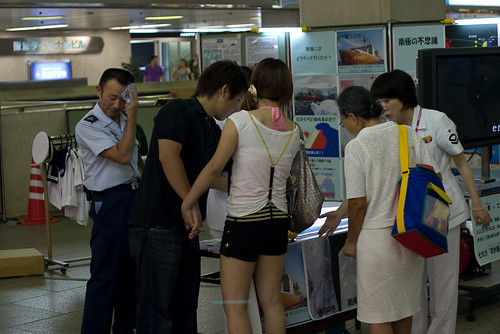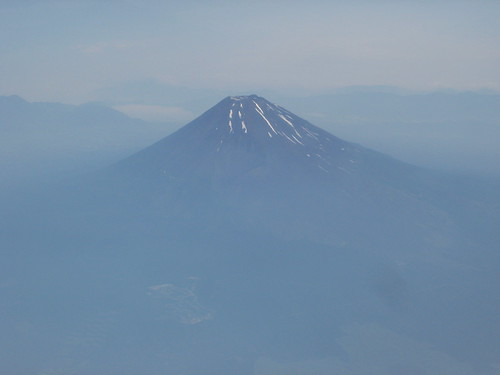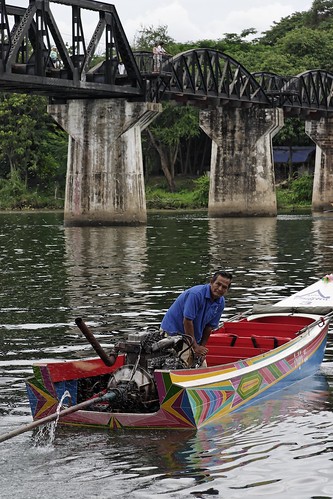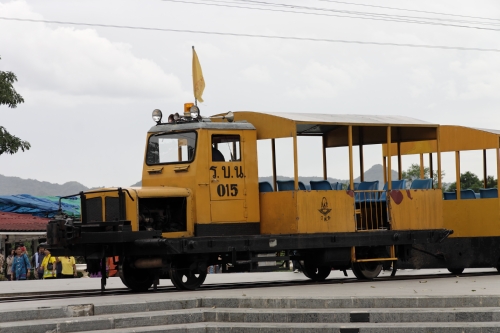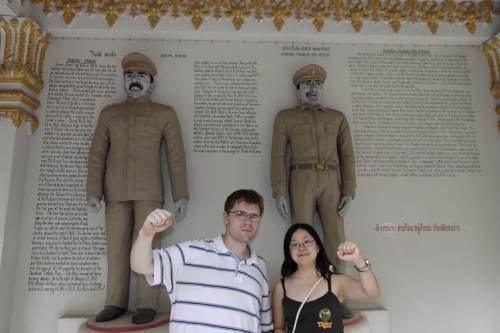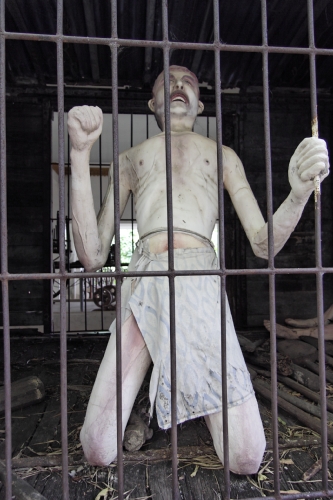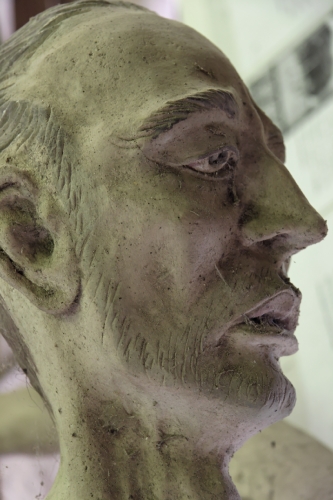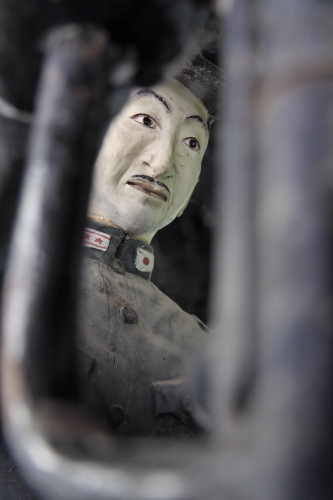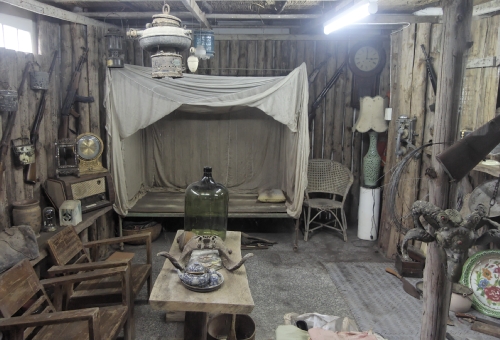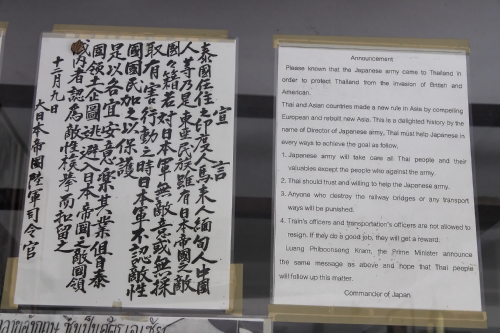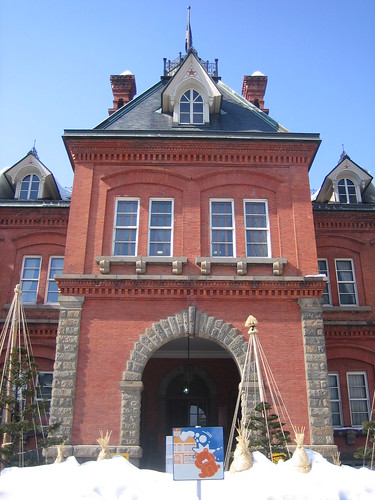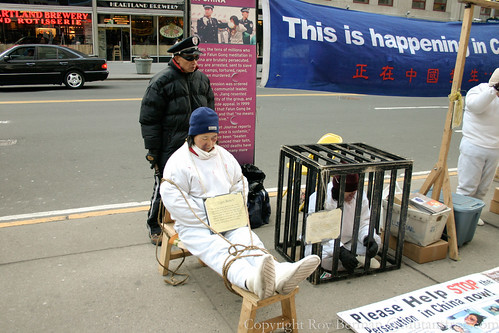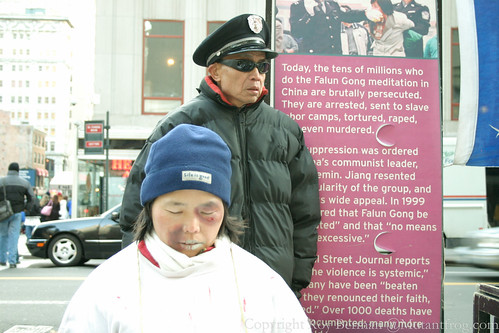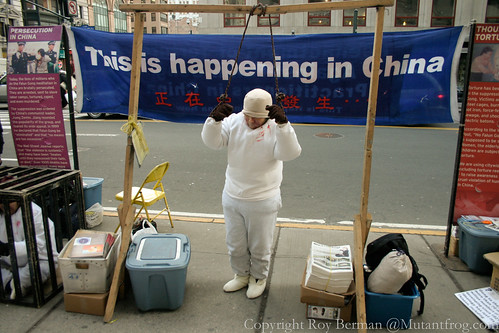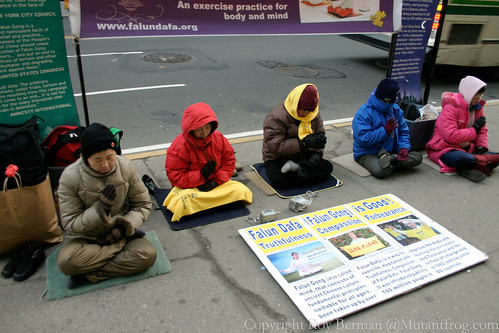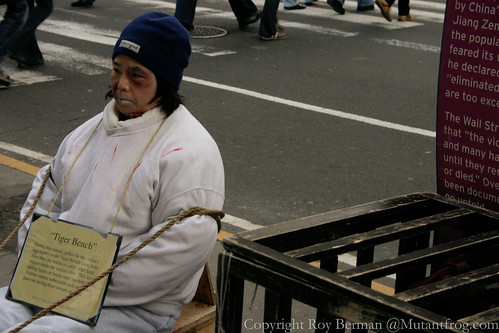The Taipei Times reported today that Taiwanese film director Wei Te-sheng (魏德勝) is currently attempting to make a film about the famous Wushe Incident of 1930, in which the aboriginal people of Wushe village rose up in armed rebellion against the Japanese occupiers, killing well over 100 Japanese (and injuring many more) before themselves being slaughtered in retaliation. What I found particularly interesting about the article, aside from the fact that I would very much like to see the film if it is ever made, is that the inhabitants of Wushe are described throughout as “Seediq“.
The Sedeq are an Aboriginal tribe that live mostly in Nantou and Hualien counties.
The film title, Seediq Bale, means “the real person” in their language.
The movie Seediq Bale tells the story of Sedeq warrior Mona Rudao who led a large-scale uprising against the Japanese in present-day Wushe (霧社) in Nantou County.
On the morning of Oct. 27, 1930, Mona led a group of more than 300 Sedeq and launched a surprise attack as the Japanese gathered to participate in a local sports event, killing 125 and wounding 215.
The Sedeq then cut the telephone lines and occupied Wushe for three days, before retreating to their strongholds deep in the mountains.
The Japanese colonial government cracked down on the Sedeq, using more than 2,000 military and police officers, and even used poisonous gas banned by international law.
After being under siege for months, Mona, along with about 300 other Sedeq warriors, killed himself.
The Seediq are one of the smallest, if not the smallest, officially recognized distinct tribe of aboriginal peoples in Taiwan, and before receiving government recognition in April of this year had been considered to be a sub-grouping of the much larger Atayal tribe. During my trip to Taiwan last month, I spent about a week traveling with a classmate at Kyoto University named Yayuc Panay, a member of the Seediq tribe who was back in Taiwan visiting family and doing some field research for a paper she is writing. In between visiting two different aboriginal villages, we actually stopped briefly in Wushe for her to transfer her legal residence (戶口) from her hometown of Puli, where her family no longer lives, to her sister’s house in another part of Nantou County. While she was in the office, I wandered around the tiny area comprising Wushe’s “downtown” and took some photos.
Despite being known almost exclusively for the Seediq uprising of 1930, Wushe is today a small village primarily inhabited by Taiwanese of Han Chinese origin, who settled there due to its convenient location as a trading post for the various agricultural goods produced in the mountains. As you can see in the photos, it looks very much like the main street of other rural Taiwanese communities.

